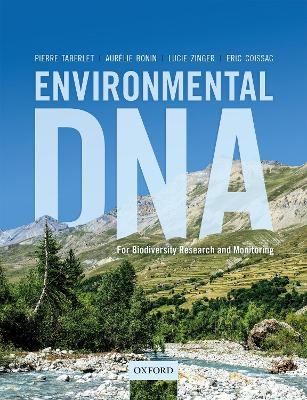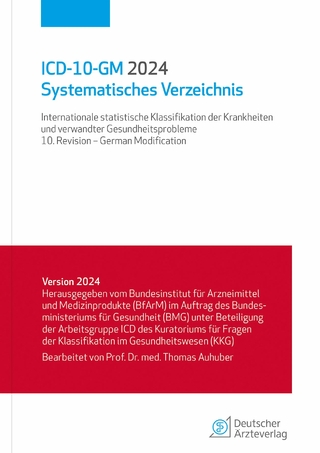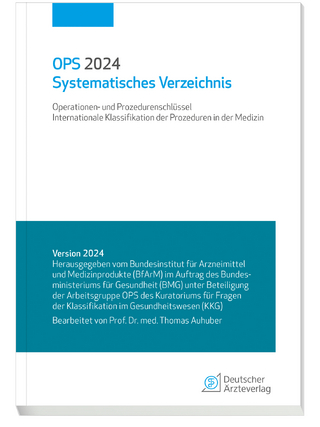
Environmental DNA
Oxford University Press (Verlag)
978-0-19-876728-2 (ISBN)
Environmental DNA (eDNA) refers to DNA that can be extracted from environmental samples (such as soil, water, feces, or air) without the prior isolation of any target organism. The analysis of environmental DNA has the potential of providing high-throughput information on taxa and functional genes in a given environment, and is easily amenable to the study of both aquatic and terrestrial ecosystems. It can provide an understanding of past or present biological communities as well as their trophic relationships, and can thus offer useful insights into ecosystem functioning. There is now a rapidly-growing interest amongst biologists in applying analysis of environmental DNA to their own research. However, good practices and protocols dealing with environmental DNA are currently widely dispersed across numerous papers, with many of them presenting only preliminary results and using a diversity of methods. In this context, the principal objective of this practical handbook is to provide biologists (both students and researchers) with the scientific background necessary to assist with the understanding and implementation of best practices and analyses based on environmental DNA.
After teaching biology in high school for 10 years, Pierre Taberlet obtained his PhD in ecology in 1992 at the Université Grenoble Alpes. He is currently senior CNRS scientist in Laboratoire d'Ecologie Alpine at the Université Grenoble Alpes. He has been heavily involved in developing innovative molecular tools for tackling ecological questions. He was the recipient of the Molecular Ecology Prize in 2007 and is a member of the Norwegian Academy of Sciences and Letters (2005) and of Academia Europaea (2014). Aurélie Bonin obtained her PhD in genomics of local adaption in 2006. After various postdoctoral positions in population genomics and ecology, she is now a DNA metabarcoding project leader for the French AnaEE (Analysis and Experimentation on Ecosystems). Lucie Zinger obtained her PhD in microbial ecology in 2009. She is currently assistant professor at the Institut de Biologie de l'École Normale Supérieure in Paris. She is interested in the fields of biogeography, macroecology, community ecology, and microbial ecology, as well as eDNA-based techniques to uncover the diversity of elusive organisms. Her current work focuses on the distribution and assembly mechanisms of microorganisms in soils, oceans, plant leaves, and insects. Geneticist and bioinformatician, Eric Coissac obtained his PhD in genetics and genomics in 1996 at the Université Pierre et Marie Curie in Paris. He is currently associate professor at Université Grenoble Alpes in Laboratoire d'Écologie Alpine.
1: Introduction to environmental DNA (eDNA)
2: DNA metabarcode choice and design
3: Reference databases
4: Sampling
5: DNA extraction
6: DNA amplification and multiplexing
7: DNA sequencing
8: DNA metabarcoding data analysis
9: Single-species detection
10: Environmental DNA for functional diversity
11: Some early landmark studies
12: Freshwater ecosystems
13: Marine environments
14: Terrestrial ecosystems
15: Palaeoenvironments
16: Host-associated microbiota
17: Diet analysis
18: Analysis of bulk samples
19: The future of eDNA metabarcoding
| Erscheinungsdatum | 17.04.2018 |
|---|---|
| Zusatzinfo | over 60 illustrations |
| Verlagsort | Oxford |
| Sprache | englisch |
| Maße | 190 x 248 mm |
| Gewicht | 576 g |
| Themenwelt | Informatik ► Weitere Themen ► Bioinformatik |
| Naturwissenschaften ► Biologie ► Genetik / Molekularbiologie | |
| Naturwissenschaften ► Biologie ► Mikrobiologie / Immunologie | |
| Naturwissenschaften ► Biologie ► Ökologie / Naturschutz | |
| ISBN-10 | 0-19-876728-5 / 0198767285 |
| ISBN-13 | 978-0-19-876728-2 / 9780198767282 |
| Zustand | Neuware |
| Haben Sie eine Frage zum Produkt? |
aus dem Bereich


